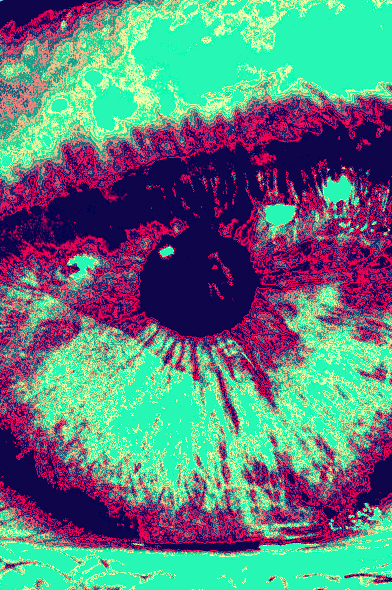Cheap sheets could replace retinas
 Local experts are working on an organic, printable device to restore sight to the blind.
Local experts are working on an organic, printable device to restore sight to the blind.
Australian researchers have created an electrical device from multi-coloured carbon-based semiconductors that uses absorbed light to fire the neurons that transmit signals from the eyes to the brain, acting as an artificial retina for those who have lost this capacity.
The retina is the thin layer of tissue that lines the back of the eye which functions to receive light, convert it into neural signals, and send these signals to the brain for processing.
“Worldwide, the number of people living with vision impairment is at least 2.2 billion. Our research aims to provide a biomedical solution to those experiencing blindness from retinitis pigmentosa and age-related macular degeneration (AMD), the second being one of the leading causes of blindness in the world,” says Sydney University’s Dr Matthew Griffith.
Dr Griffith hopes to ultimately apply this technology, a type of neural interface, to restore sensory function to those with spinal cord injuries, and to treat people with neurodegenerative diseases.
A neural interface is a device that interacts with an individual’s nervous system to record or stimulate activity.
Dr Griffith’s device can be printed using the same, low-cost method as newspaper printing, with a high-speed roll to roll press.
“Similar technologies are being intensively developed, though our device differs in that it is made of carbon – the same building block as human cells,” Dr Griffith said.
“Other devices tend to be rigid and usually made of silicon or metal, which can present problems integrating with the human body that is soft and flexible. Our organic device is designed with this issue in mind.”
The high-tech device does not require any electricity – it is powered internally by light from the outside world.
“If successful, our device will help us progress towards solving one of the great scientific challenges of the 21st century; communicating with the human body’s sensory network,” Dr Griffith said.
“We hope to achieve this using nothing but light, which opens up some really exciting prospects for the future of bioelectronic technology.”
Dr Griffith has been awarded an NHMRC Ideas grant to continue work on the project together with colleagues from the University of Sydney and neurobiologists from the University of Newcastle.








 Print
Print